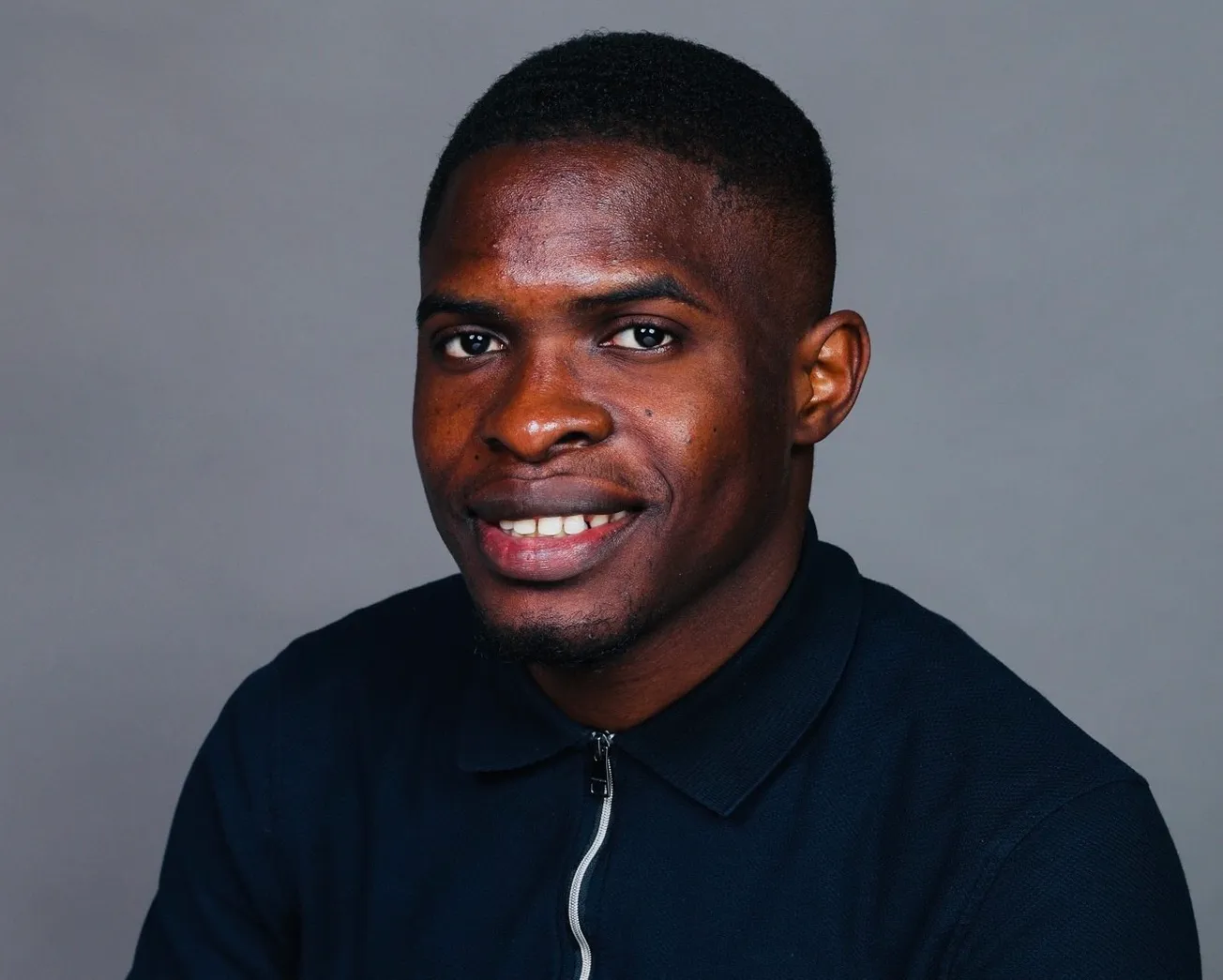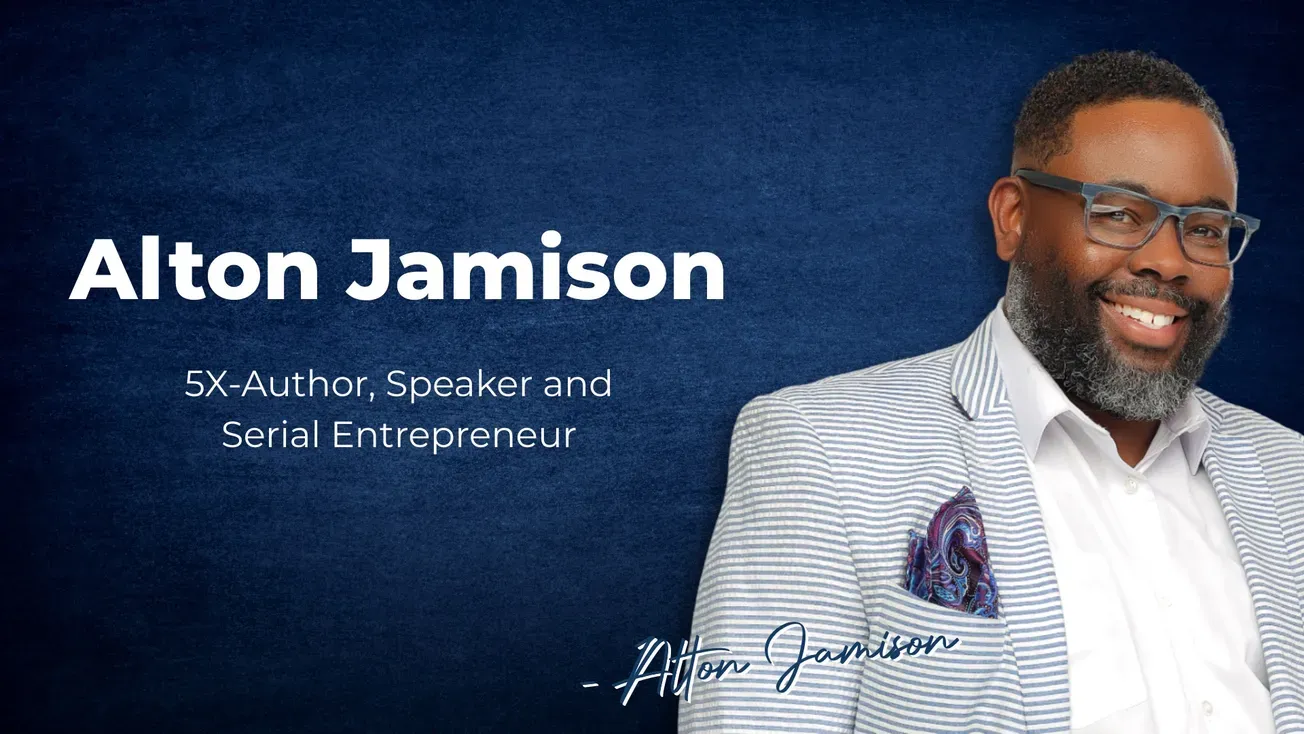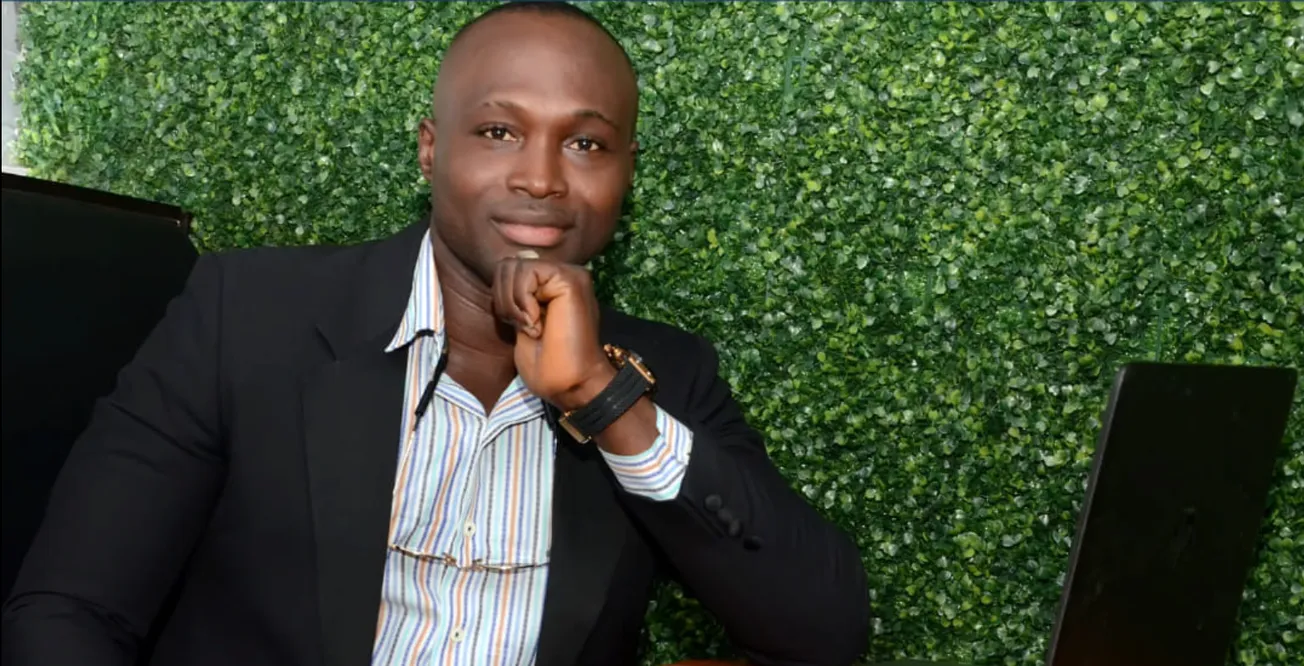1. The Origin Story: From Ghana to Toronto to Cybersecurity Leadership
What were the defining moments that shaped your worldview and pulled you toward building solutions that protect people, businesses, and communities?My story started in Ghana—not with cybersecurity, but with curiosity. I grew up watching how one small mistake with technology could disrupt a family, a shop, or even a student’s dream. When I moved to Canada, I saw the same vulnerability —but at a larger scale. Schools, businesses, hospitals, even parents—everyone was connected, yet unprotected.
The defining moment came when I realized: cybersecurity is not just about networks or firewalls. It’s about protecting human possibility—our identities, our stories, our work, our families. That led me to bridge my background in IT, education, and human behavior into a mission: making cybersecurity simple, relatable, and deeply human.
Today, I don’t just secure systems. I protect people’s journeys.
2. ADENTITI: Building a New Category in Human-Centered Cybersecurity
What gap did you see in the market that inspired you to create ADENTITI, and what makes your approach different from traditional cybersecurity models?Traditional cybersecurity protects machines. ADENTITI protects people using machines.
What I saw was a gap—not in technology—but in understanding. Organizations were investing in tools, but not in culture. They had firewalls, but not awareness. They trained systems, but not humans.
So ADENTITI became more than a cybersecurity company. We build human-centered security through storytelling, gamified training, zero-trust data collaboration, and behavioral design.
Our principle is simple: technology is only as secure as the people using it.

3. Innovation, Product Design & The Future of Secure Collaboration
In your view, what does the future of secure collaboration look like, and what problems are businesses still underestimating?The future of cybersecurity is not “lock everything down”—it’s share, collaborate, and innovate securely.
VaultDrive was born out of this belief. It’s modular, hybrid, AI-assisted, and rooted in zero-trust principles. It doesn’t just store data—it understands risk, validates trust, and protects collaboration in motion.
The real problem businesses underestimate is not data theft—it’s data misuse, data leakage, and data access without accountability. In the new world, security isn’t about walls. It’s about traceability, accountability, intelligence, and trust.

4. Gamified Learning: Why You Turned Cybersecurity Into a Survival Game
Why was gamification so important to your mission, and how does this approach change the way teams absorb and retain security knowledge?Cybersecurity training fails when it feels like a lecture. People don’t remember rules—they remember experiences.
That’s why I turned cybersecurity into a game. In Bridge and the Cybersecurity Survival Game, every threat is a character: Whisper (phishing), Echo (social engineering), ShadowCode (malware)… These characters turn fear into clarity.
Gamification transforms training from:
“Do this or you’ll get hacked”
into
“Play, decide, defend, and learn.”
Training shouldn’t scare people. It should empower them.

5. Leadership in a Digital Age: Building Resilience, Not Fear
What does digital resilience mean to you, and what mindset should modern leaders adopt to guide their teams safely through today’s threats?Resilience is preparedness without panic.
It means we don’t wait for a breach to start learning. We train like athletes—not like firefighters. Digital resilience is not just protection—it’s recovery, adaptation, and growth.
Modern leaders should shift from:
“How do we avoid risk?”
to
“How do we become stronger through risk?”
Fear builds walls. Resilience builds cultures.
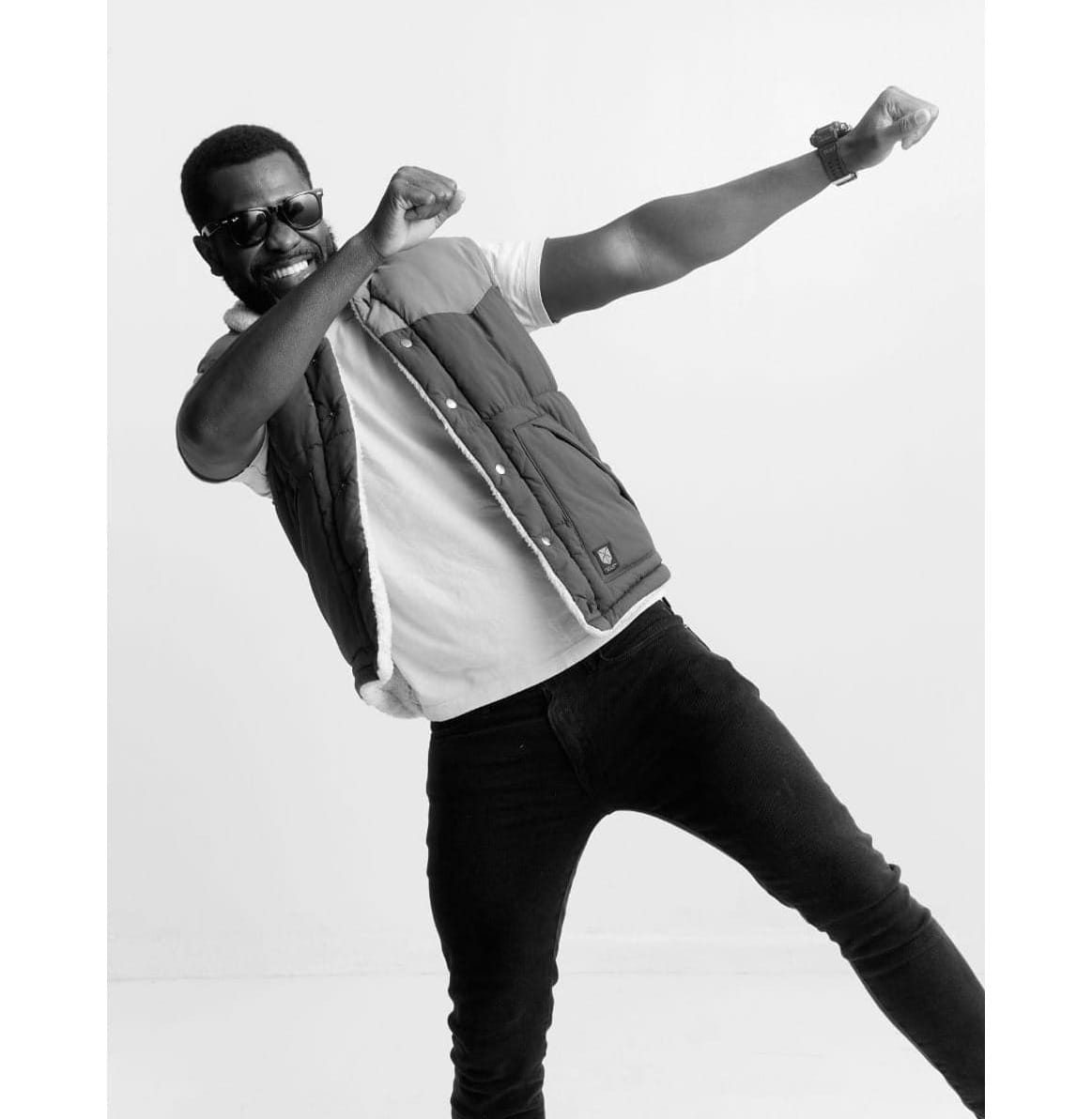
6. The Human Element: Why People Are the Heart of Security
What have you learned about people, their habits, emotions, and blind spots — that most cybersecurity conversations overlook?Technically, breaches happen through systems. But psychologically, they happen through trust, urgency, emotion, and habit.
Humans are not the weakest link—they are the first line of defense when equipped properly.
Cybersecurity conversations often forget that people don’t click on bad links because they’re careless—they click because they are:
- Rushed
- Curious
- Helpful
- Or simply human
That’s why our training is not about blame—it’s about building digital instinct.

7. Entrepreneurship, Identity & The Journey of Building From Scratch
What has the entrepreneurial journey taught you about discipline, resilience, and trusting your own voice as a leader?Entrepreneurship taught me—and is still teaching me—that success is not built in a straight line; it’s built in all kinds of loops.
Learn. Build. Fail. Adapt. Build again.
From writing books to building ADENTITI, I learned that consistency beats confidence, and discipline beats motivation.
But most importantly: trust your voice before anyone else does. When you build from scratch, you’re not just building a company—you’re building your character.

8. From Classroom Talks to Corporate Training: Speaking to Diverse Audiences
What have been your most meaningful moments as a speaker or trainer, and what do you hope people feel after attending one of your sessions?One of my most meaningful moments was watching a group of parents realize that cybersecurity isn’t about computers—it’s about protecting their children’s lives, privacy, and future.
Another was teaching finance executives that cybersecurity is not a technical problem, but a business survival strategy.
No matter the audience—parents, startups, or engineers—I want people to walk away not scared of cyber threats, but motivated to protect what matters.

9. Cybersecurity for Small Businesses: What Most Founders Get Wrong
What are the top three practical steps leaders can take today to dramatically reduce risk without needing a massive budget?Most small businesses think cybersecurity is either too expensive or too complicated. It’s neither.
Here are 3 doable, budget-friendly steps:
- Set up MFA + strong passwords — 80% of attacks can be blocked instantly.
- Train your team monthly — not once a year. Awareness is the real firewall.
- Map your data — know exactly what you’re protecting and who has access.
Cybersecurity is not a product—it’s a behavior.
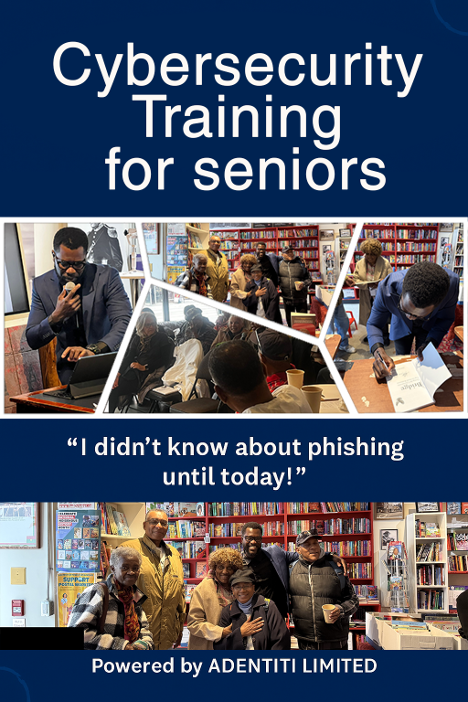
10. AI, Automation & The New Threat Landscape
What are the biggest AI-related risks you see emerging, and how should organizations prepare themselves now rather than later?AI is not just automating threats; it’s personalizing them. Deepfake phishing, AI-powered impersonation, synthetic identities—these are not futuristic threats. They’re here.
Organizations must stop thinking of security as defense, and start thinking of it as verification, identity protection, digital truth, and consent.
The biggest risk? Not AI. The biggest risk is people and organizations not adapting fast enough.

11. Your Books & Educational Mission: Making Safety Accessible
What inspired you to write Bridge and Beaten, and what impact do you hope these books will make on teams, families, and communities?My book Bridge was born from conversations with small business owners who felt invisible in the cybersecurity industry. They didn’t need jargon—they needed clarity, story, and direction.
The second book Beaten was also born from the classroom, watching cyberbullying affect not just children, but families, workplaces, and mental health.
My mission is simple: make cybersecurity personal, relatable, and accessible to every family, school, and business—not just the IT department.
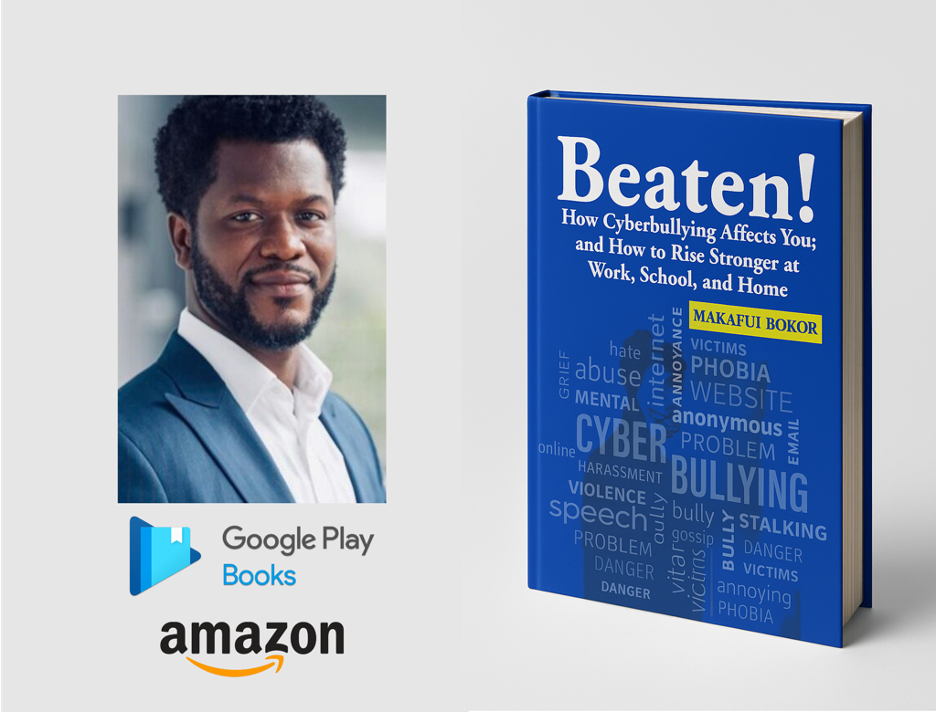
12. Building a Legacy: What You Want Future Generations to Remember
When you look ahead, what legacy are you hoping to build, through your products, your teachings, and the people you’ve influenced?My legacy is not just in products or books. It’s in the people, the minds, and the habits I’ve helped—and am still helping—to shape.
I want young people and seniors to see cybersecurity not as a fear-based profession, but as a human-centered mission—one that protects hope, opportunity, and dignity.
If, years from now, someone says,
“I felt safe to build my dream because of what I learned from ADENTITI, Makafui”
—then I’ve done my job.
13. What’s Next for You & ADENTITI
What exciting projects, expansions, or collaborations are on the horizon that people should watch for?We’re launching three big initiatives:
VaultDrive: privacy-first secure collaboration powered by AI and zero-trust architecture.
The Game MAKORE (Board + Digital): turning cyber risk into strategic learning for teams, schools, and communities.
Bridge Training Series & Talks: human-centered security for executives, parents, students, and global teams.
And yes, global partnerships are coming.
14. For Aspiring Founders & Young Innovators
What advice would you give to young, global, underrepresented, or underestimated innovators who are trying to carve their own path?You don’t need to start with confidence. Start with curiosity, humility, discipline, and courage.
Your background is not your weakness—it’s your edge.
And when it feels impossible, remember:
“Your voice doesn’t need to be loud.
It just needs to be true.”
Makafui Bokor’s story is a thrilling tale of curiosity, courage, and transformation — the kind of journey that begins with humble roots in Ghana and rises to entrepreneurial brilliance in Canada’s tech frontier.
From the earliest days of his childhood, Makafui was the type of kid who didn’t just play with gadgets—he dissected them, fascinated by the mysteries hidden behind each circuit and screw. Growing up in a resource-limited environment, he was never short on ambition.
Faith, resilience, and a quiet defiance against limitation became the pillars of his upbringing. He believed deeply in one thing: possibility. Makafui’s passion for technology guided him to pursue formal training in IT and cybersecurity at the University of Ghana and the Ghana-India Kofi Annan Centre of Excellence in ICT
Follow his socials for more updates. Instagram





